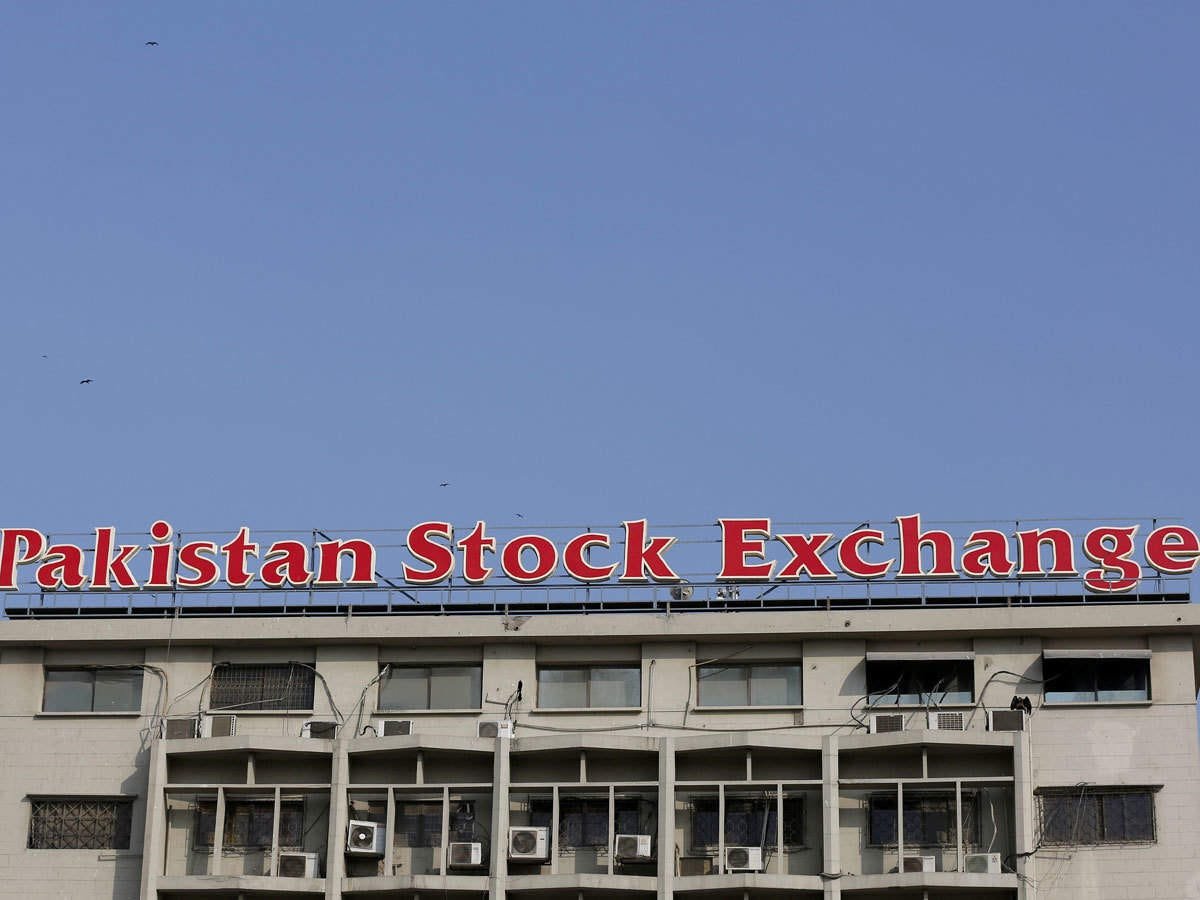In August 2024, Pakistan’s textile industry marked a significant milestone with exports rising by 13% to $1.64 billion, up from $1.46 billion in August 2023, as reported by the Pakistan Bureau of Statistics. This growth has not only bolstered the country’s foreign exchange reserves but also highlighted Pakistan’s strengthening position in the global textile market. Amid geopolitical tensions and economic challenges in neighboring textile hubs, Pakistan has found a unique opportunity to cater to international demand.
Global Shifts Pave the Way for Pakistani Textiles
Political instability in Bangladesh, one of the largest textile exporters in South Asia, has led to disruptions in its textile industry. Additionally, global sanctions on China, which have affected demand for Chinese textile products, have created an opening for emerging players. With these shifts, Pakistan has become an attractive alternative for global buyers. International importers are now eyeing markets in South Asia beyond the established giants, with Pakistan, India, and Vietnam as potential substitutes.
This transition has not only spurred a 15% increase in Pakistan’s knitwear and bedwear exports but has also contributed to an impressive 28% year-on-year growth in ready-made garments. As Pakistan’s textile sector capitalizes on these international shifts, there is optimism that this trend will lead to further increases in exports and strengthen local companies’ profit margins. By seizing this global opportunity, Pakistan could further establish itself as a competitive and reliable supplier in the textile world.
Strategic Initiatives Supporting the Textile Sector
Pakistan’s government has been instrumental in supporting the textile industry through initiatives under the Special Investment Facilitation Council (SIFC). These measures focus on streamlining policies, providing incentives for exporters, and enhancing the industry’s infrastructure, which has allowed businesses to cater more effectively to international markets. The positive response to these initiatives is apparent in the rise in exports, indicating that government support has played a significant role in enabling the sector to flourish amid global competition.
Furthermore, Pakistan has also made strides in enhancing product quality. With more stringent quality control and improvements in manufacturing processes, Pakistan’s textile goods are meeting global standards, which is essential to long-term success in international markets. This emphasis on quality not only attracts more buyers but also establishes a reputation for Pakistani textiles as high-quality products.
Opportunities for Growth in Knitwear, Bedwear, and Apparel
The notable growth in exports of knitwear, bedwear, and ready-made garments shows where Pakistan’s textile industry is thriving. These areas have seen significant demand from international buyers, making them key contributors to the overall export growth. Ready-made garments, with their 28% year-on-year increase, are particularly promising as they cater to the fast-paced fashion industry that relies on quick production and export turnaround.
By further developing these segments and investing in technology and skilled labor, Pakistan’s textile industry can continue to grow. Upgrading machinery and adopting advanced production techniques could significantly improve efficiency, reduce costs, and further increase export volumes. Additionally, developing skilled workers to meet the evolving demands of international markets can provide a strong foundation for sustained growth.
Strengthening the Economy Through Export Growth
The rise in textile exports directly benefits Pakistan’s economy by increasing foreign exchange reserves, creating employment opportunities, and encouraging economic stability. In a time when Pakistan is striving to stabilize its economy, this growth in exports is a welcome development. With additional support and resources allocated to the textile industry, Pakistan can expect a ripple effect that stimulates other sectors, from logistics to retail.
Local textile companies are also benefiting from this increase in demand. As their profit margins grow, they have the opportunity to reinvest in their businesses, further expanding their capabilities and reach. This virtuous cycle of investment and growth can lead to a stronger economy, where local industries are not only meeting but exceeding international demands.
Capitalizing on a Golden Opportunity
The current global situation presents Pakistan’s textile industry with a unique opportunity. With the right approach, Pakistan can solidify its position in the global market and even expand its reach beyond traditional export destinations. Key strategies for capitalizing on this opportunity include focusing on quality control, increasing production capacities, and establishing stronger connections with international buyers. Furthermore, as global buyers look for alternatives to Bangladesh and China, Pakistan is well-positioned to fill this gap and become a trusted supplier in the global textile industry.
The recent increase in textile exports is a positive indicator of Pakistan’s growth potential. As the textile industry continues to expand, supported by government initiatives and strategic planning, Pakistan is on a promising path to becoming a significant player in the global textile arena. By focusing on quality, efficiency, and innovation, the country can turn this period of growth into a long-lasting success story that benefits both the economy and the people of Pakistan.
With sustained efforts and a continued focus on quality and innovation, Pakistan’s textile industry is poised to achieve even greater heights, cementing its place on the global stage as a leading exporter and contributing to a prosperous future for the country’s economy.



